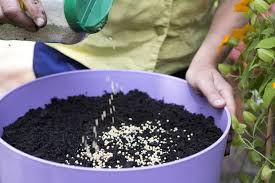When it comes to gardening, starting with healthy, nutrient-rich soil is crucial. While organic homemade compost is the foundation for healthy plant growth, there are times when additional feeding is necessary. For instance, plants in containers, during fruiting, or those affected by poor weather or pests may benefit from extra nutrients.
If you’re keen on organic gardening, you likely prefer to avoid commercial chemical fertilizers. The good news is, you can create your own organic fertilizers at little to no cost. Here’s how to feed your plants naturally and effectively using materials you likely already have at home.
The Basics of Plant Nutrition
Plants require three main nutrients for healthy growth:
- Nitrogen (N): Promotes lush, green foliage.
- Phosphorus (P): Supports root and shoot development.
- Potassium (K): Essential for flowering, fruiting, and overall plant hardiness.
Commercial fertilizers often provide these nutrients in specific ratios, such as a balanced 7:7:7 or a potassium-rich mix for fruiting plants like tomatoes. When making your own fertilizers, it’s essential to understand the needs of your plants to ensure they get the right balance of these nutrients.
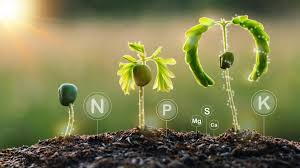
Homemade Organic Fertilizers
Several plant-based materials can be used to make effective, nutrient-rich homemade fertilizers.
1. Comfrey Fertilizer
Comfrey is a powerhouse when it comes to homemade fertilizers. This plant is rich in nitrogen, phosphorus, potassium, and trace elements, making it perfect for feeding your plants. The best variety to grow is Bocking 14, as it doesn’t self-seed and take over your garden.
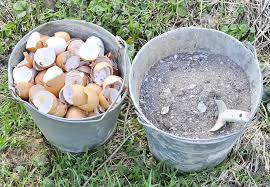
To make comfrey liquid fertilizer:
- Harvest a large bag of leaves (wear gloves to avoid skin irritation).
- Crush the leaves into a container, press them down, and cover it.
- Let the mixture sit for a few weeks, then strain and bottle the liquid.
- To use, dilute the liquid with water at a 15:1 ratio (rainwater works best) and apply it directly to the soil, not the leaves, to prevent scorching.
2. Stinging Nettles
High in nitrogen, stinging nettles can be used similarly to comfrey. Collect nettles (again, gloves are essential), crush them, and let them ferment in water for a couple of weeks. Dilute the resulting liquid with water to create a weak, nutrient-rich feed.
3. Grass Clippings
Grass clippings are an excellent source of nitrogen and potassium. While they can cause a slimy mess in a compost pile, they can be used effectively as mulch. Apply thin layers of dried clippings to your vegetable garden and reapply every couple of weeks. This will help break them down without causing excess moisture buildup.
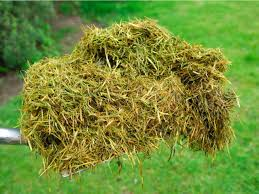
4. Wood Ash
Wood ash contains potassium and several trace elements, making it a valuable addition to your garden. It’s best used in small quantities and is ideal for adding to compost. Avoid using wood ash around plants that prefer acidic soil, such as raspberries, and refrain from applying it before growing potatoes, as it may encourage scab formation.
Using Homemade Fertilizers Effectively
While homemade fertilizers are an excellent and sustainable way to feed your plants, moderation is key. Overapplying, especially nitrogen-rich fertilizers, can lead to excessive soft growth, which makes plants more susceptible to pests like aphids.
The timing of your applications matters too. Instead of applying large quantities all at once, use small amounts regularly during critical growth stages, such as when your plants are flowering or fruiting.
Additionally, it’s best to prepare your soil in advance. In autumn, enrich your soil with nutrient-dense compost, and apply mulch to release nutrients throughout the growing season. For fruiting crops, use liquid feeds to give them a boost.
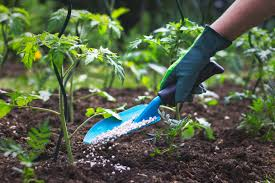
Conclusion
Making your own fertilizers is an affordable, sustainable way to nurture your garden. By using plants like comfrey, nettles, grass clippings, and wood ash, you can provide your plants with all the nutrients they need to thrive. Not only does this approach save money, but it also promotes a healthier, more eco-friendly gardening practice.
